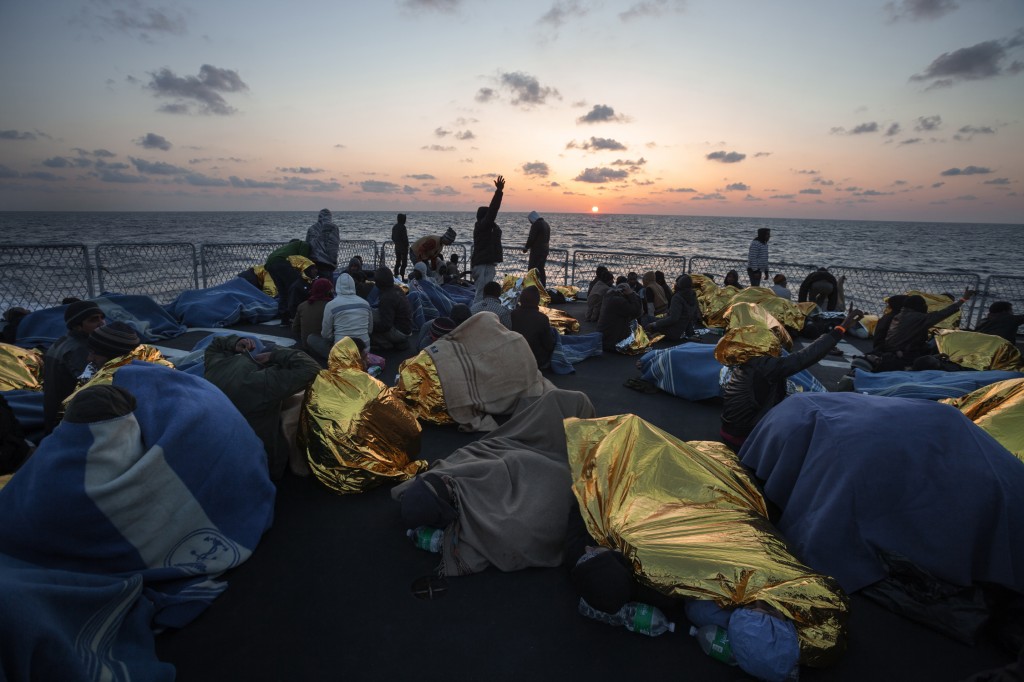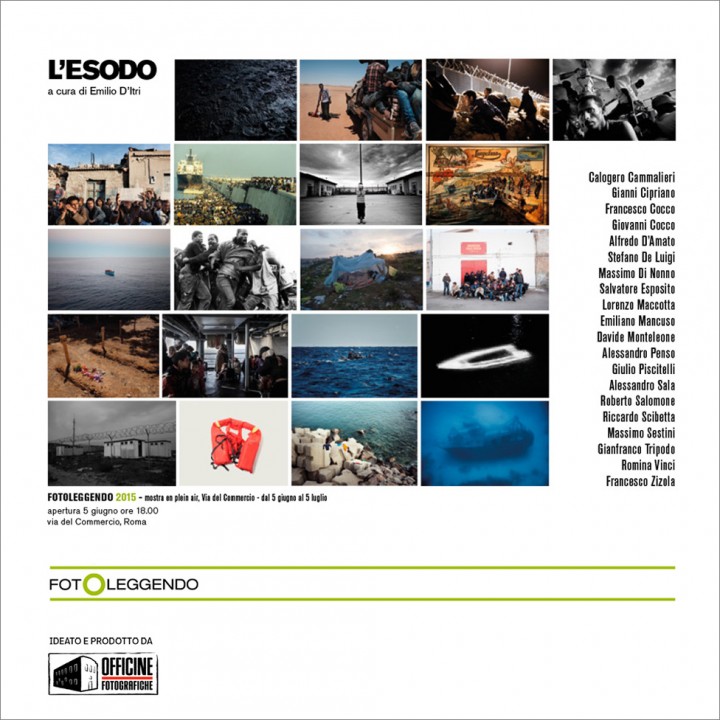Mare Nostrum Operartion on the Mediterranean sea

The winds and waves decide the fate of those who flee across the Mediterranean. When the gusts push from north to south and the swells off the Libyan coast are animated, asylum-seekers remain hidden in small houses with their smugglers. But when the weather clears and the air currents stir from south to north, they meet on the seaside where they board grey rubber rafts and colourful wooden boats and make their way toward the watery horizon.They come from Syria, Mali, Sudan, the Gambia, Somalia – as far south as the Central African Republic. They push against each other and against the flimsy perimeters of their unseaworthy craft. They have paid US$1,500 each to board these boats on beaches near Tripoli, Libya on a one-way trip towards an Italian speck of an island called Lampedusa – the first landfall in Europe.On the best of days their vessels, equipped with 40 horse-power engines, can make four knots an hour. If they are lucky, smugglers will have provided one of their vessels with a light. If they are luckier still, someone will have a satellite phone to call Italian authorities after passing Libya’s 12-mile territorial waters.While coastal waters are invariably calm, the high seas are often unkind. Over the years, thousands of asylum-seekers have perished in the 190-mile stretch between Tripoli and Lampedusa.But it took a huge disaster to effect action. That came on the night of October 3 last year, when 368 Eritreans perished after their boat capsized within sight of Lampedusa, followed soon afterwards by the drowning of 232 Syrians as they tried to reach Europe. Their deaths sparked a public outcry and prompted the Italian government to launch a rescue mission.A flotilla of five navy vessels, led by the “San Giusto” and crewed by more than 850 sailors, was formed and has since saved more than 10,000 people, including over 600 women and 1,000 children. Just this week, the Italians have rescued at least 2,000 people on board more than a dozen overcrowded boats, with more on the way in the calm weather conditions.It takes a day for the San Giusto, an 8,200-ton troop carrier, to lumber from the waters off Lampedusa towards the Libyan coast. The ship is designed to accommodate up to 500 people. But once on mission they take on as many as 820 refugees in addition to their normal crew complement of 300. Resources are stretched, but there is no other choice. “We take on as many people as possible,” says Mario Mattesi, captain of the San Giusto. “No one gets left behind.” UNHCR



